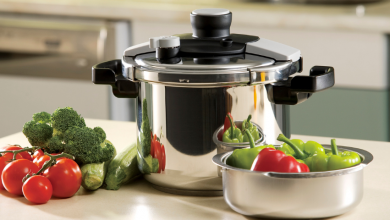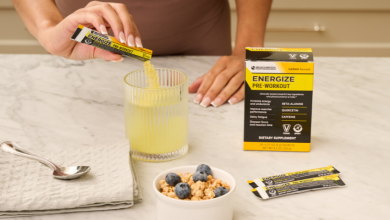How (and Why) You Should Cook With Coconut Oil
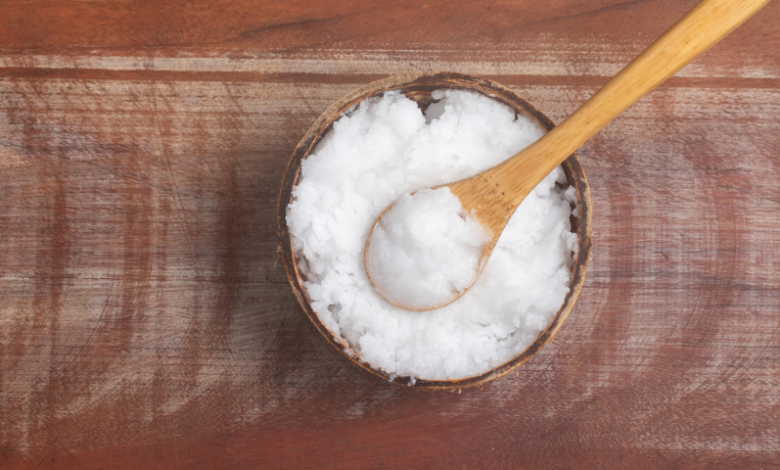
Coconut oil is rich, nutty, and slightly sweet, and, though high in saturated fat, it can be healthy in moderation. It’s mostly used as a cooking oil or as a substitute for a range of ingredients in low-heat baking.
If you’re not aboard the coconut oil express yet — or if you’re looking for new ways to enjoy it — read on to learn why coconut oil can be a healthy option, tips for buying and storing coconut oil, and easy ways to cook with it.
How Coconut Oil Is Made
There are two types of coconut oil: unrefined and refined.
Unrefined coconut oil
Unrefined coconut oil is made by cold-pressing raw coconut meat. This means the coconut fruit — also known as a nut, seed, or drupe if you really want to get technical — is never subjected to heat. Therefore, the oil retains more flavor and nutrients from the coconut.
Refined coconut oil
Refined coconut oil comes from processing dried coconut meat (called copra) and is often bleached and deodorized. This removes impurities but also removes much of the coconut flavor, aroma, and nutritional benefits.
Some refined coconut oils are also hydrogenated, a process that adds hydrogen molecules to its unsaturated bonds. This changes the structure of the fatty acid to increase its melting and smoke point, making it more solid at room temperature. However, it also turns unsaturated fats (healthy fats) into saturated fats (less healthy fats).
How Coconut Oil Could Help You Lose Weight
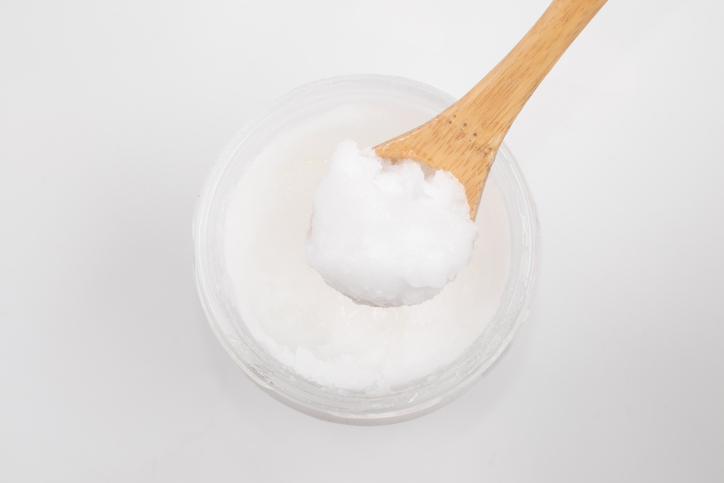
We’ve mentioned before how coconut oil may help people lose weight and help maintain a healthy weight. But how can a fat — especially one higher in saturated fat than other fats like butter — do this? The short answer: Not all fats are created equal.
According to Kris Gunnars, BSc, “Unrefined coconut oil is high in very healthy fatty acids called medium-chain triglycerides (MCTs), which have numerous benefits for your body and brain.”
While research is slim, some studies suggest MCTs may reduce abdominal fat and increase HDL cholesterol, a.k.a. the “good” cholesterol.
“MCT oils increase energy expenditure since they have to be used by the body and cannot be stored,” says Dr. Heli J. Roy, R.D., adjunct professor at University of Connecticut.
It’s important to note that unrefined coconut oil has a smoke point of 350 degrees Fahrenheit, slightly lower than that of extra virgin olive oil, which can vary from 400 degrees to 350 degrees (depending on its quality).
If you’re cooking your food in a healthy way (i.e. not deep frying it), this shouldn’t generally be an issue. That said, if you notice your coconut oil smokes uncontrollably — or if it turns dark gray or black — it’s a good idea to toss it and start over.
If you’re using the Portion Fix eating plan containers, 1 tsp of extra virgin coconut oil equals 1 tsp of oils and nut butter.
10 Ways to Use Coconut Oil
If you want to incorporate coconut oil into your cooking, use these tips for inspiration.
1. Sauté vegetables
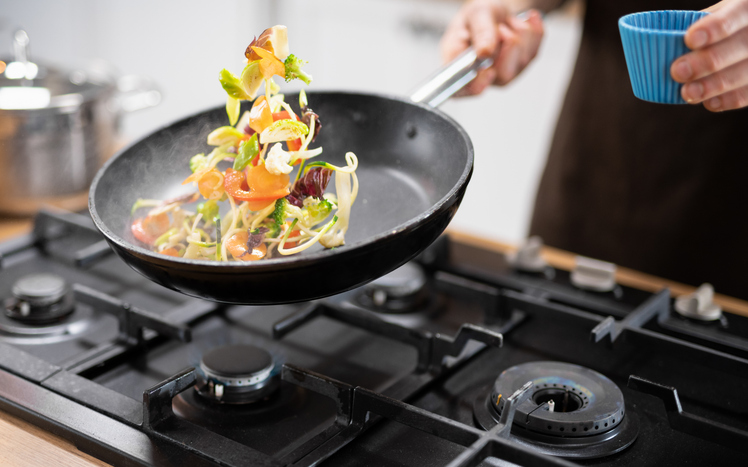
Heat one to two teaspoons of coconut oil over medium-high heat in a large skillet or sauté pan. Add vegetables (avoid overcrowding the pan) and cook until tender.
2. Pan-fry fish
Heat one teaspoon of coconut oil per fillet over medium-high heat. Place fish fillet inside the pan and season as desired. Gently flip after a few minutes (cook time differs for the type and size of fish), season the other side and cook for an additional few minutes.
3. Scramble eggs
Heat one teaspoon of coconut oil in a frying pan over low-medium heat. Pour whisked eggs into the pan and let cook for about 30 seconds. Use a rubber spatula to gently move the eggs from one side of the pan to the other. Cook to your preferred doneness.
4. Drizzle over baked potatoes
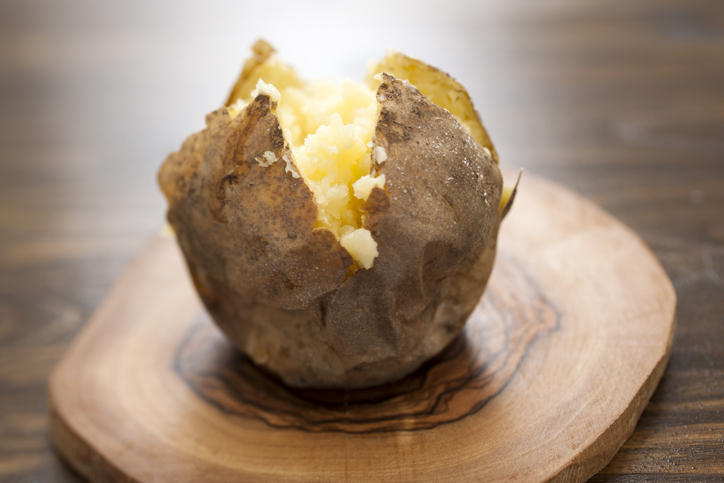
Bake potatoes at 425 degrees Fahrenheit for 55 to 60 minutes. Drizzle one teaspoon of melted coconut oil over potatoes. You can flavor the oil with herbs and spices or with cinnamon and maple syrup for sweet baked potatoes.
5. Grease cookware and bakeware
Use melted coconut oil to coat a baking pan or waffle iron.
6. Flavor soups and stews
Many Thai soups already call for coconut oil, but you can add this flavor booster to just about any soup for added richness.
7. Make dressings and marinades
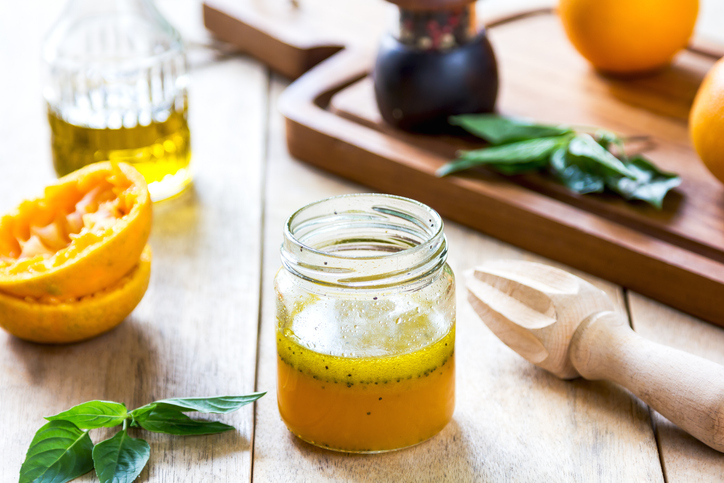
Mix melted coconut oil with your favorite herbs, fruit juices, spices, vinegars, or natural sweeteners and whisk until combined. Stick with small batches since a coconut oil-based dressing will solidify at lower temperatures.
8. Pop popcorn
Heat a large pot over medium-high heat and add one to two teaspoons of coconut oil. Once the oil melts, put a few tester kernels in the pan. Once these kernels pop, add half a cup of popcorn kernels and cover.
Once they start to pop, gently shake the pan back and forth to keep the popcorn from burning. Remove the pan from heat when the popping slows to a pop every few seconds, let cool, and enjoy.
9. Add to smoothies
Slowly pour melted coconut oil into a blender with your favorite fruits, veggies, nuts, seeds, and Shakeology (you can also add a scoop of solid coconut oil if your blender is powerful enough). The coconut oil will thicken smoothies with frozen ingredients as it sets.
10. Replace butter in baked goods

Coconut oil is a great, plant-based substitute for common baking fats such as butter, shortening, margarine, and vegetable oil. It’s common to substitute with a 1:1 ratio, but you can use slightly less if the coconut flavor is too pronounced for your liking.
Tips on Storing and Shopping for Coconut Oil
Ready to dive into the benefits of coconut oil? Here are some considerations to keep in mind.
Choose unrefined coconut oil
Virgin, unrefined coconut oil will help you reap more of the aforementioned benefits.
Buy in bulk
To save a little dough, buy your coconut oil in bulk. Coconut oil has a shelf life of roughly two years. If your favorite brand goes on sale, scoop up a few jars at a time. If you’re a member of a warehouse club, invest in a bulk jar, which can slash the cost in half compared to the average grocery store.
Just remember that coconut oil is pure oil/fat, so be sure to use it sparingly.
Keep it away from sunlight and heat
Coconut oil melts at about 76 degrees Fahrenheit, so it’s solid below that temperature and liquid above it. It’s okay to store as a liquid or a solid in your pantry, and it does not need to be refrigerated. But do store coconut oil in a cool spot out of direct sunlight (i.e., not right above or next to your stovetop).
